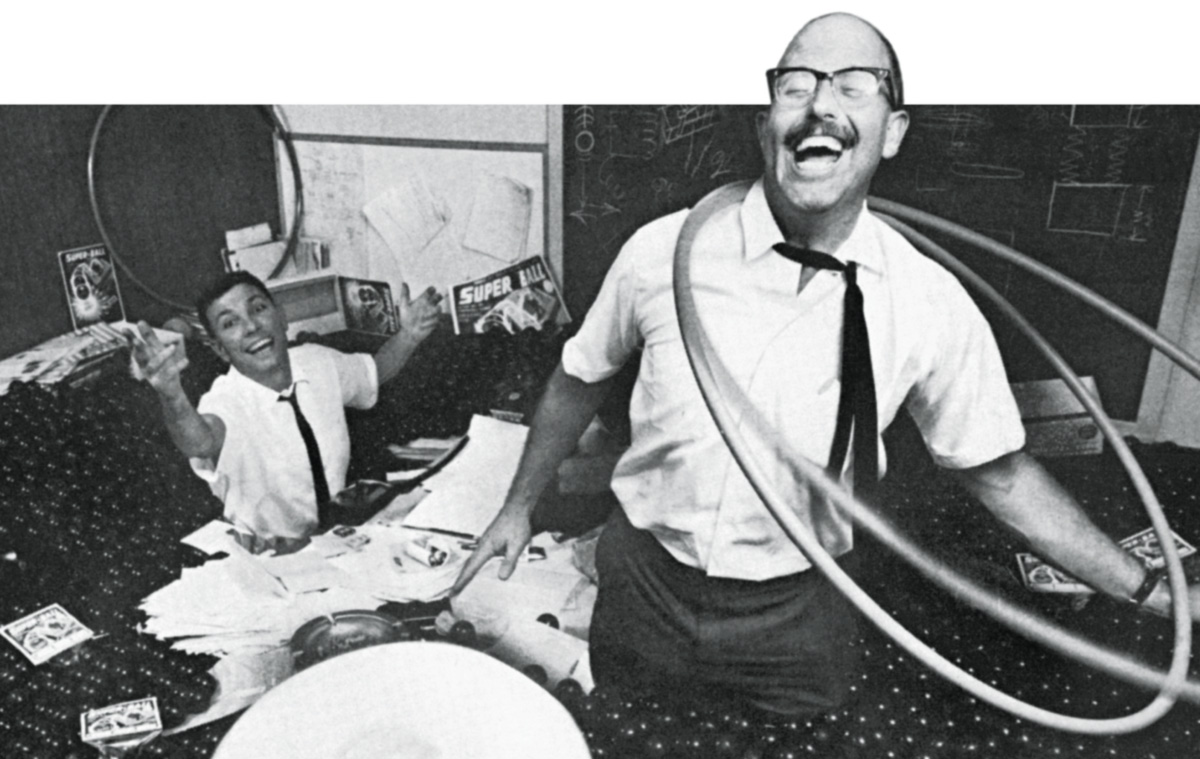
Fiber optic rings are great in many ways, but they are not sufficient to give your business 100 percent uptime. Let’s take a closer look at fiber rings, resiliency, and best practices for uptime.
Fiber ring is a network topology in which each node connects to two other nodes, forming a single continuous pathway for signals through each node – a ring. Data travels from node to node, with each node along the way handling every packet. The concept is that you’ve got multiple ways to get to different connections through that ring.
A fiber ring isn’t foolproof, because even though you have an advanced topology, it’s still fiber optic cable that can be cut. You still have equipment that can fail, and you still have companies that are supplying that service that can have a bad day, a brown-out, an outage altogether.
If you have a fiber optic ring that has high availability, you still want to have a second and even third type of connection. It can be broadband cable, T1, DSL, satellite, cellular, 5G — any kind of a secondary or even third connection type. This kind of preparation is really no different than having a UPS device, a backup generator or redundant components of any kind. In this case, if the fiber ring goes down, you have alternative options. You have other paths to get to the internet and to your other locations.
SD-WAN appliances are perfect for melding all those connections together to ensure the most reliable uptime that never drops phone calls, packets, video sessions, remote desktop sessions.
What are the benefits to installing Ecessa SD-WAN in a fiber ring architecture? You get the capability for adding more bandwidth, managing that second or third type of connection, and seeing analytics that show how well each one of those connections is performing, as well as what type of traffic and how much traffic you’re actually using.
We’ve seen a trend recently where people are sold the supposed benefits of fiber. They say, “Hey, I’m going with a dedicated fiber circuit,” or, “I’m going with a new fiber ring.” That seems like it’s a great idea and it’s advertised by carriers as 99.999% reliability — but the reality is, they’re human built connections. They still can fail. Carriers have bad days and have outages or brown outs. Industry best practice is to have an SD-WAN appliance with multiple connections. Again, those connections can be any type of connection — wireless, private, public connections — but you need to have a second or third connection to be prepared so that your business is never down.
For more information or to speak with a network architect, contact Ecessa.
